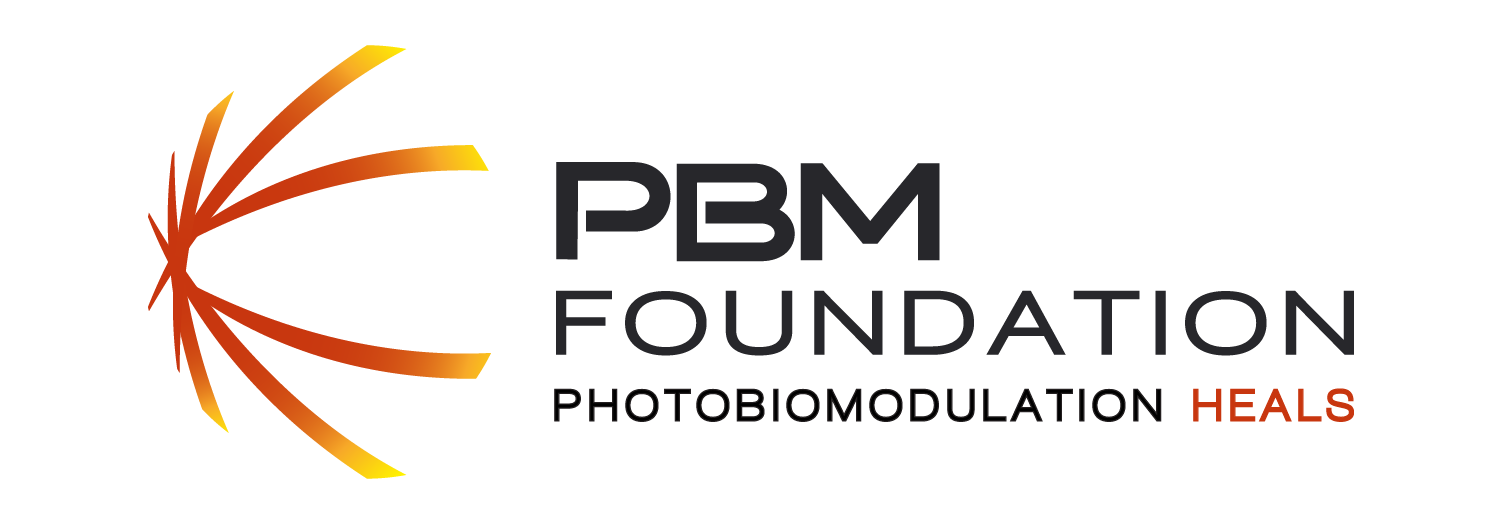What is PBM?
Photobiomodulation (PBM) is used in thousands of clinics around the world today.
PBM therapy is the application of red and near-infrared light to diseased or injured tissues to reduce inflammation, promote regeneration and enhance immune resilience. PBM triggers photochemical changes in the body in the same way photosynthesis effects plants, or sunlight effects vitamin D synthesis.
Mainstream Status
Photobiomodulation (PBM) is a noninvasive, FDA cleared, medical technology. Our goal is to expand PBM’s “indications for use” to encompass the broad spectrum of PBM’s benefits for everyone.
PBM has been used by over 100 million patients without any documented side effects.
Our goal is to promote the rapid adoption of PBM, known as “bench to bedside”, to benefit everyone.
Public and Private Health Insurers and Providers are starting to cover PBM.
- PBM’S REGULATORY ENVIRONMENT (PDF ARTICLE)
- FDA Process Reform
- Coverage for Emerging Technologies | NEJM
FDA CODES
CDC GUIDELINES
The Centers for Disease Control recommends LLLT/PBM in their Updated Clinical Practice Guideline for Pain Care and Opioid Use. Noninvasive Nonpharmacologic Approaches to Subacute and Chronic Pain
Current Procedural Terminology (CPT)
- Light Therapy Benefits and Insurance Billing for Patients
- LLLT and Cold Laser Therapy CPY Insurance Reimbursement Codes
- LLLT0552
Coverage
Photobiomodulation Therapy (PBM Therapy), previously known as Low-Level Laser Therapy (LLLT), is a low intensity visible and near-infrared light therapy which is applied to joints, injuries and the nerves that supply them [1]. The effects are analgesic, anti-inflammatory and regenerative (the light improves the rate of tissue healing) [2]. PBM Therapy is usually applied multiple times a week for several weeks, which leads to substantial relief. There is significant evidence from over 1,000 Clinical Studies, and systematic reviews that show benefits of PBM Therapy is effective for musculoskeletal [3-5], neuropathic [6], and reduces the need for opioids by managing pain [7]. The treatments are safe [8] and noninvasive [9]. It is recommended for preventing oral mucositis and other side-effects of chemotherapy [10].
The Power of Light:
Cell moves towards near-infrared light
REFERENCES
- Cotler, H.B., et al., The Use of Low Level Laser Therapy (LLLT) For Musculoskeletal Pain. MOJ Orthop Rheumatol, 2015. 2(5).
- Santinoni, C.D., et al., Influence of low-level laser therapy on the healing of human bone maxillofacial defects: A systematic review. J Photochem Photobiol B, 2017. 169: p. 83-89.
- Chow, R.T., et al., Efficacy of low-level laser therapy in the management of neck pain: a systematic review and meta-analysis of randomised placebo or active-treatment controlled trials. Lancet, 2009. 374(9705): p. 1897-908.
- Haslerud, S., et al., The efficacy of low-level laser therapy for shoulder tendinopathy: a systematic review and meta-analysis of randomized controlled trials. Physiother Res Int, 2015. 20(2): p. 108-25.
- Kate, R.J., et al., Optimal Laser Phototherapy Parameters for Pain Relief. Photomed Laser Surg, 2018. 36(7): p. 354-362.
- de Andrade, A.L., P.S. Bossini, and N.A. Parizotto, Use of low level laser therapy to control neuropathic pain: A systematic review. J Photochem Photobiol B, 2016. 164: p. 36-42.
- Mirzaei, A., et al., The effect of low-level laser radiation on improving inferior alveolar nerve damage after sagittal split osteotomy: a systematic review. Lasers Med Sci, 2019.
- Antunes, H.S., et al., Long-term survival of a randomized phase III trial of head and neck cancer patients receiving concurrent chemoradiation therapy with or without low-level laser therapy (LLLT) to prevent oral mucositis. Oral Oncol, 2017. 71: p. 11-15.
- Qaseem, A., et al., Noninvasive Treatments for Acute, Subacute, and Chronic Low Back Pain: A Clinical Practice Guideline From the American College of Physicians. Ann Intern Med, 2017. 166(7): p. 514-530.
- https://www.ncbi.nlm.nih.gov/pubmed/31286228
